Commonly Planted Conifers - New York/Pennslyvania
scotjute Z8
11 years ago
Related Stories
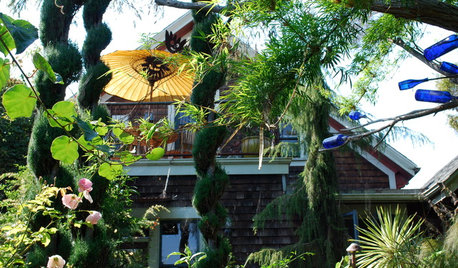
PLANTING IDEASDesigning With Conifers: How to Unite Your Landscape
Create a landscape full of intrigue and artistry with the right placement of conifers and their supporting players
Full Story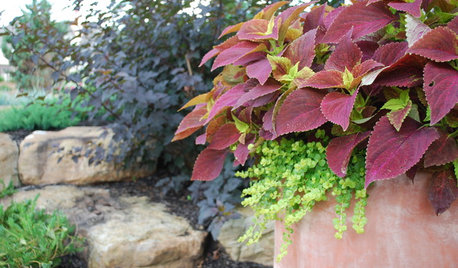
LANDSCAPE DESIGNUnify Your Garden With a Common Thread
Bring the areas of your garden together to give it a unique sense of place
Full Story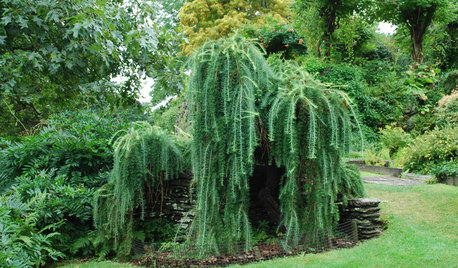
GARDENING GUIDESGreat Design Plant: Larix Decidua ‘Pendula’
Soft, graceful and sculptural, weeping larch is a star in northern U.S. gardens
Full Story
GARDENING GUIDESGreat Garden Combo: 3 Wonderful Plants for a Deer-Resistant Screen
Protect your privacy and keep deer at bay with a planting trio that turns a problem garden area into a highlight
Full Story
LANDSCAPE DESIGNThe 7 Best Plant Types for Creating Privacy and How to Use Them
Follow these tips for using different kinds of plants as living privacy screens
Full Story
GARDENING GUIDES7 New Plants to Grow for Beautiful Foliage
Add color, structure and interest to your garden with these recently introduced plants that sport exceptional foliage
Full Story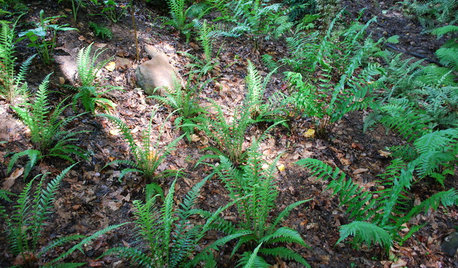
GARDENING GUIDESGreat Design Plant: Phegopteris Decursive-Pinnata
Consider Japanese beech fern for a spreading but noninvasive ground cover for shade
Full Story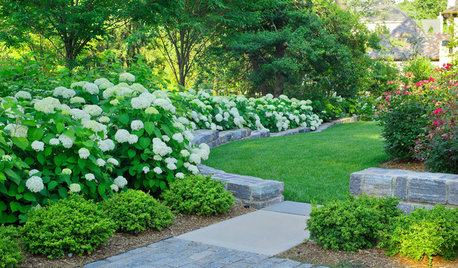
FLOWERS AND PLANTS10 Essential Shrubs for Mid-Atlantic Gardens
Easy-to-grow mid-Atlantic native shrubs celebrate the character of the region
Full Story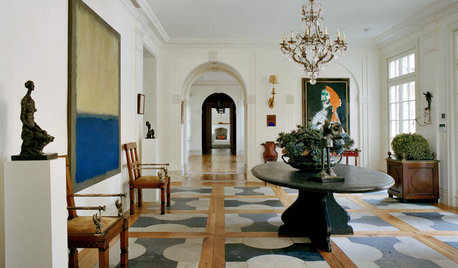
TASTEMAKERSA New Decorating Book Celebrates Expert Style Mixing
Old-world classic, traditional and modern elements harmonize in Stephen Sills' gift-worthy new decorating book
Full Story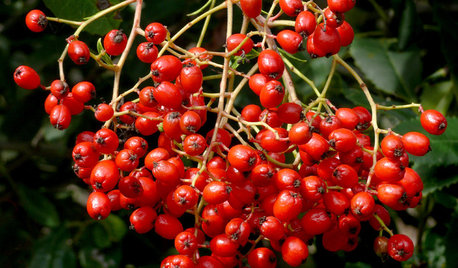
GARDENING GUIDESCalifornia Gardener's December Checklist
Let California's version of holly brighten the winter landscape — or consider another holiday performer from the whole host of choices
Full Story










User
davidrt28 (zone 7)
Related Professionals
South Elgin Landscape Architects & Landscape Designers · Burien Landscape Contractors · Davis Landscape Contractors · Forest Hills Landscape Contractors · Fridley Landscape Contractors · Hilo Landscape Contractors · Hoover Landscape Contractors · Leicester Landscape Contractors · Los Banos Landscape Contractors · Melrose Landscape Contractors · North Chicago Landscape Contractors · North Potomac Landscape Contractors · Paramount Landscape Contractors · Thornton Landscape Contractors · Waipahu Landscape Contractorsmad_gallica (z5 Eastern NY)
katob Z6ish, NE Pa
wisconsitom
bengz6westmd
scotjute Z8Original Author